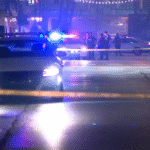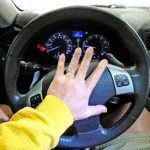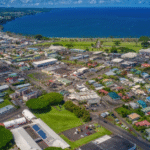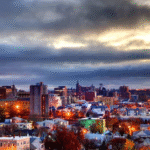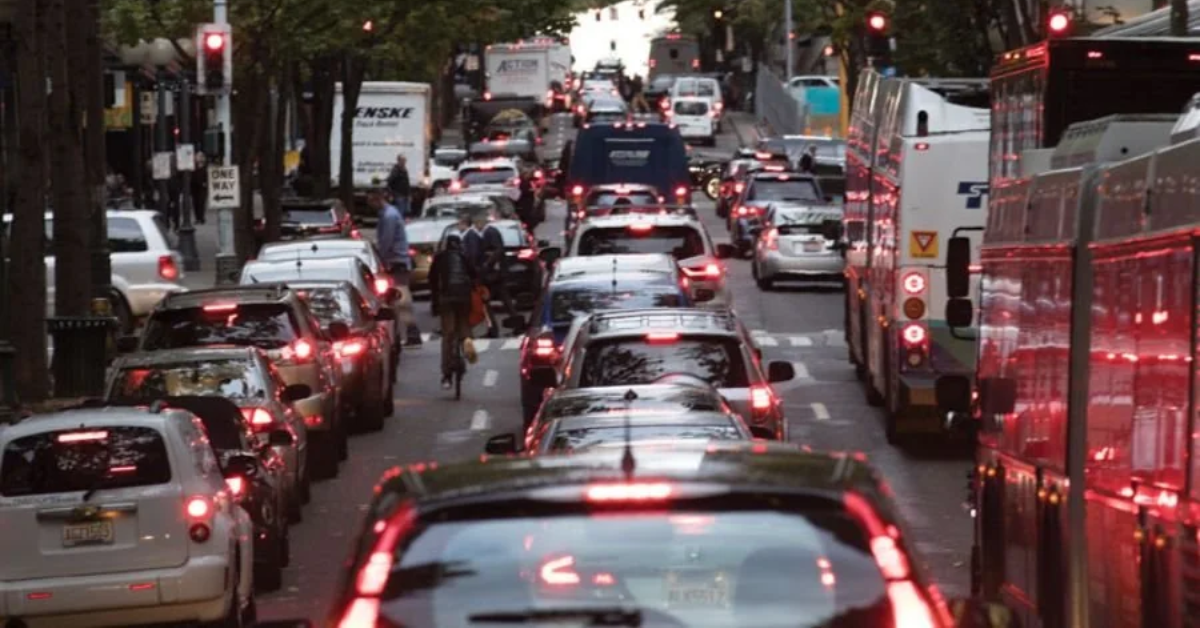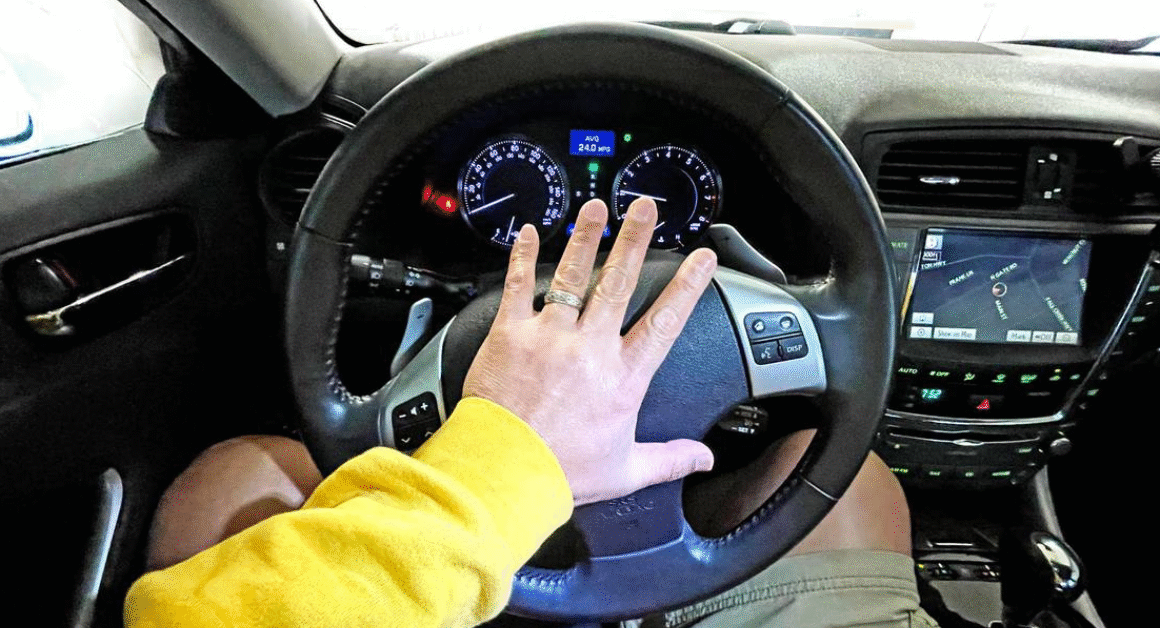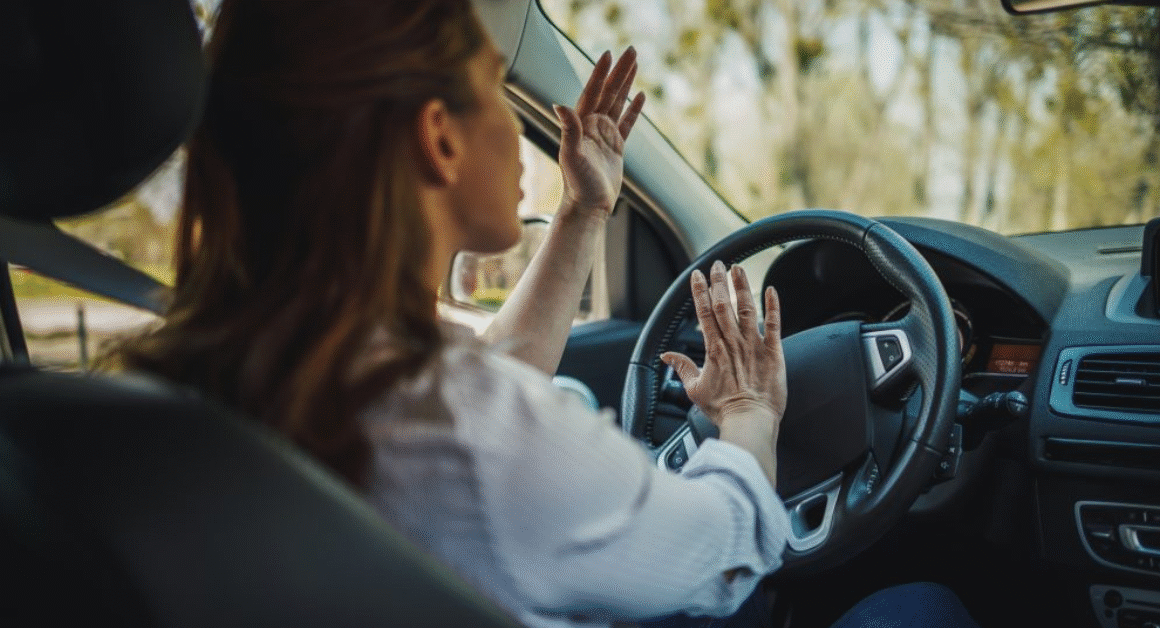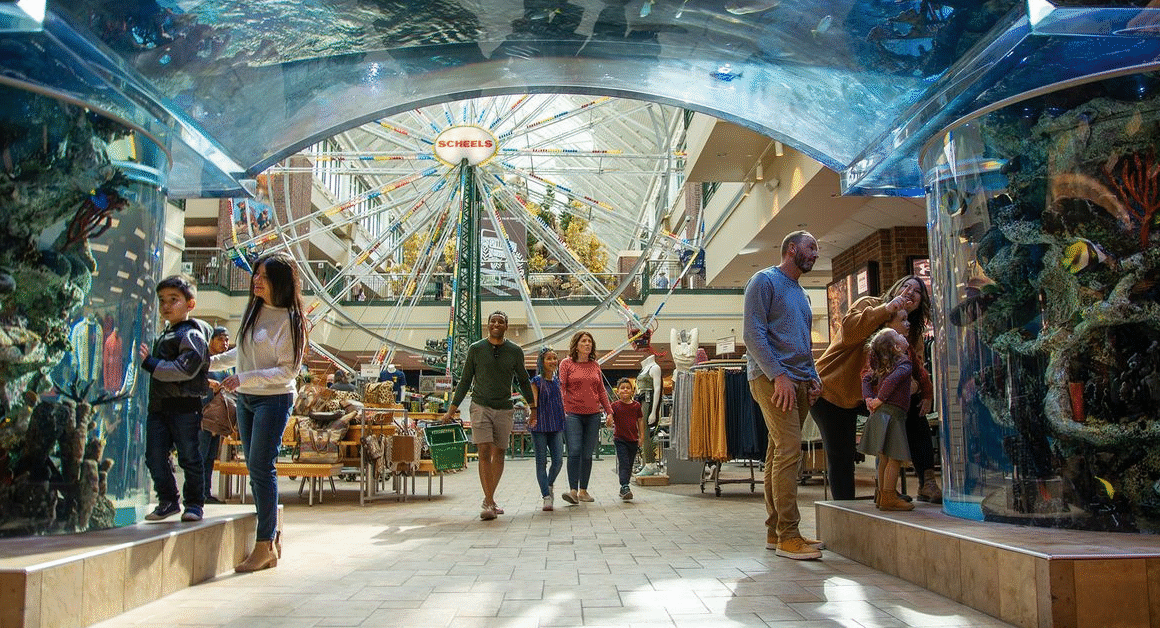If you’ve ever driven through Seattle, you know the pain of traffic jams all too well. Narrow streets, long delays, and constant construction make it feel like you spend more time stuck in your car than actually going places. Seattle’s population has grown quickly, leading to increased vehicles on the road and struggling public transport systems.
However, despite its reputation, Seattle’s traffic isn’t the worst in the country. When we compare it to cities like Los Angeles or New York, the situation looks a bit less grim. In fact, some cities have far worse traffic congestion, longer commute times, and higher stress levels for drivers. Let’s explore how Seattle stacks up and what makes other cities even tougher for daily commuters.
How Bad Is Seattle Traffic Really?
According to the INRIX Global Traffic Scorecard, Seattle ranks high but not at the top for traffic congestion. In 2023, drivers in Seattle lost an average of 109 hours in traffic annually. While that sounds like a lot, cities like Los Angeles and New York reported over 150 hours of delay per driver. You can check the full scorecard details.
Seattle’s geography also plays a role. The city is surrounded by water on several sides, including Puget Sound and Lake Washington, which limits road expansion options. This geographic restriction contributes to bottlenecks on key bridges and highways. Additionally, the city has been adapting infrastructure to support growing populations and more public transit options to reduce congestion in the long term.
Why Other Cities Have Even Worse Traffic
Take Los Angeles, for instance. LA’s car culture and sprawling urban layout make it nearly impossible to avoid traffic, especially at rush hour. The Texas Transportation Institute’s Urban Mobility Report found that LA drivers spend more than 120 hours stuck in traffic each year, costing billions in lost productivity (source).
New York City, known for its busy streets and dense population, also struggles with intense traffic. Yet, many New Yorkers prefer using subways or walking to avoid gridlock. Still, the city sees hundreds of crashes and traffic incidents daily, making driving frustrating and slow. These conditions are often worse during bad weather and holidays.
How Seattle Is Trying to Improve Traffic
The city has taken steps to make getting around easier. Investments in light rail and bus rapid transit are designed to move more people without adding more cars to the road. For example, Sound Transit has expanded its light rail system over recent years, which helps reduce the strain on highways and streets.
Bike lanes and pedestrian-friendly improvements also encourage residents to use alternative transportation methods. Seattle’s Vision Zero program aims to reduce traffic accidents, making streets safer and more efficient for everyone.
What Can Drivers Do to Beat the Traffic Stress?
If you live in Seattle or plan to visit, consider adjusting your commute times to avoid peak hours. Leaving earlier or later than the usual 8-9 AM and 5-6 PM rush can save significant time. Carpooling and using public transit where possible also relieve some stress on the roads.
Many younger people in the city prefer ridesharing and micro-mobility options like electric scooters or bikes for short distances. This cultural shift helps reduce the number of cars on roads during busy times, contributing to smoother traffic flow.
Conclusion: Seattle Traffic Is Tough, But Manageable
No one loves sitting in traffic, and Seattle certainly has its share of frustrating moments. But when you compare it with other major U.S. cities, it’s clear that Seattle’s situation, while challenging, is not the worst. Ongoing investments in public transportation and infrastructure give hope for the future.
So next time you’re stuck on the 405 or caught in a long line on I-5, remember cities like LA or New York still face more severe congestion. With some patience, knowledge, and smart commuting choices, navigating Seattle’s traffic can be less painful than you might expect.

